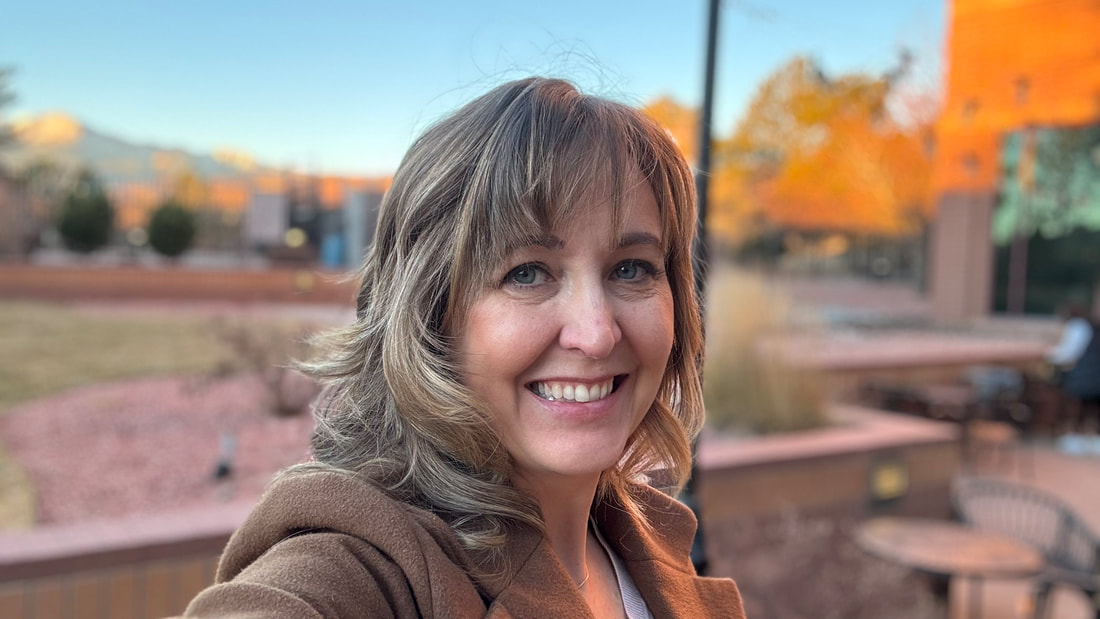|
Flipgrid is a great tool for students to take ownership of their speaking. Teachers can create a prompt on the site, determine how long they would like students to speak for (perhaps a minute), and include a visual to get the conversation going. I often made my own model Flipgrid video so that students could see the level of academic vocabulary I was expecting. It also helped me to see how many "takes" students might need to publish a video they feel comfortable with other students seeing. (This was sometimes a hard ask for middle school students!) One thing that helped is that I asked them to script out their responses, and then focus on reading their script into the camera. This helped them to focus on pronunciation and not to worry so much about what they looked like as they spoke extemporaneously.
Students would then engage with other students via flip grid videos, using sentence stems and targeted language: "Your argument that technology creates more harm than good was very persuasive, however...." Finally, I ask students to re-watch their own video and rate their own speaking with a rubric of student-friendly rubric of the proficiency level descriptors. Then make a "smart goal" of where they want to grow in their speaking ability. This entire activity is very involved, but it really turns the ownership over growing in their "CALPS" (Cognitive Academic Language Proficiency) over to the students.
0 Comments
|
AuthorElise White Diaz is an Educational Consultant with Seidlitz Education, specializing in trauma-informed multilingual education. CategoriesArchives
July 2024
|


 RSS Feed
RSS Feed
